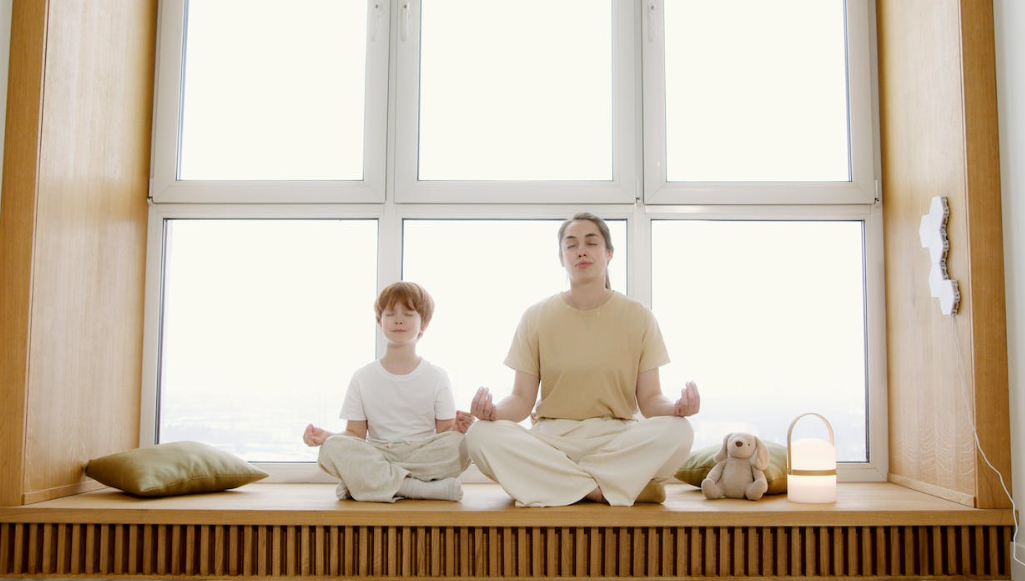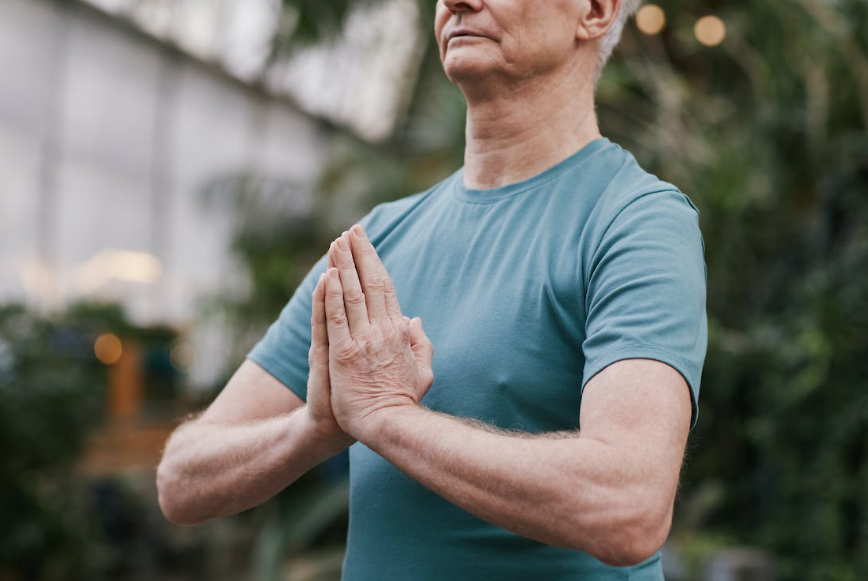How to Be Mindful?
Every action that you take in a day is an opportunity to be mindful.

Selfpause Affirmation App
Download the app to get 1,000’s of affirmation meditations and everything you need to write, record and listen to your own.
Mindfulness is a practice of bringing your awareness to the present moment. It can be practiced during any activity, from work to play. It is also an effective way to deal with stressful events. It can help students with ADHD and learning disabilities improve their awareness of their surroundings.
Focusing attention on the present moment is essential for being mindful of the meaning and significance of life. Many religions have extolled the benefits of living in the moment. In our increasingly connected world, it is crucial to remain mindful and focused. The inability to stay in the present can be one of the major sources of mental stress and anxiety. In particular, worrying about the future and the past can lead to feelings of regret and anxiety.
Being aware of the breath

As you meditate, pay attention to the sensation of your breath. You may feel it as a feather on the rim of your nostrils or deep inside of your nose. You may also notice it as a dull throb or an intense point of pressure on your upper lip. The breath can feel different for everyone, but a common goal is to be aware of it, whatever it is and what it means to you.
Learning to be more aware of the breath can help you regulate your breathing and manage your stress. For example, if you’re dealing with chronic anxiety, breathing more slowly can help you relax. It can also help you regulate your speed and manage your emotions. Once you learn to become more aware of your breath, it will become natural.
To practice mindful conscious breathing, close your eyes, inhale deeply and then exhale deeply. There are different methods of doing this, but the general principle is the same: focus on the sensations that you feel during the inhale and exhale. You can also try counting your breaths, which helps to anchor your awareness on your breath and to let your breath return to its natural pace.
The breath is a crucial component of yoga. It provides a measure of awareness for meditators, allowing them to develop a better connection with their bodies, mind, and world. It is believed that the breath, the ultimate source of happiness and wisdom, can be accessed through meditation. It is also present in every cell of the body.
Being aware of individual needs in a group setting
One way to effectively lead a group is to be aware of individual needs. This can be done in a number of ways, including by conducting a group meeting to identify behaviors and experience gaps. Some members of the group may have significant deficits in these areas, and this may negatively impact group dynamics. For example, one member may be socially loafing while another member may be prone to disruptive behavior.
Being aware of your body

Becoming more aware of your body has a lot of benefits. It increases your self-awareness and helps you to understand your true feelings. For example, you’ll be able to distinguish between feelings of hunger and thirst, tiredness, and emotional distress. It can also help you to manage your weight.
A number of books have addressed this issue. One classic book on the subject is How to Live in the Present Moment, Version 2.0, which focuses on the power of the present moment and helps readers to change their thought patterns. Another book, The Power of Now, is an effective guide for cultivating present focus. It also includes a journal, which helps readers apply the lessons in daily life.
Practicing mindfulness takes practice, and even a five minute session a day can have a significant impact. However, it can be hard to stick to this practice because your mind is naturally prone to wander. Therefore, it is important to practice mindfulness in small doses and keep returning to the present moment.
Being aware of your feelings
Being mindful of yourself is a key component of being mindful of meaning. It can help you create distance between your thoughts and feelings, and it can open the door to insights. For example, if you’re wearing a dress that your mother criticized, being aware of your feelings when you’re wearing it can help you to reflect on that criticism.
Being aware of your body’s sensations

Awareness involves noticing your body’s sensations without judgment. Being mindful of your body’s sensations can help you experience the meaning of each moment. This practice is helpful for people with physical issues, such as poor balance or leg pain. In addition, it can be helpful for people who are prone to forgetting about their bodies. This practice is called kinesthesia, and it involves becoming aware of the position and movement of your body parts.
A simple exercise that helps you be mindful of your body is to focus on each body part individually. You can begin by paying attention to your head, then move to your feet, and so on. You can also focus on your hands, arms, and shoulder areas, allowing yourself to feel each sensation in each place.
While sitting in meditation, you can also become aware of your breath. By focusing on your breath, you can become more aware of the meaning of your body. By observing your body’s sensations, you can also be aware of your thoughts and emotions.
Our Top FAQ's
Mindfulness is the practice of intentionally paying attention to the present moment, without judgment. It involves bringing one’s attention to the sensations, thoughts, and emotions that arise in the present moment. This practice can help individuals develop a greater sense of awareness and presence, and it has been shown to have numerous benefits for mental and physical health.
There are many ways to practice mindfulness in daily life. Some simple ways to incorporate mindfulness into your routine include:
- Taking a few minutes each day to sit quietly and focus on your breath
- Practicing mindful eating by paying attention to the taste, texture, and smell of your food
- Engaging in activities that require focused attention, such as painting or gardening
- Notice and acknowledge your thoughts and emotions as they arise, without trying to change them
Mindfulness can help reduce stress and improve well-being in a number of ways. It can help individuals become more aware of their thoughts and emotions, and develop healthier ways of responding to them. This can lead to a decrease in stress and an increase in overall well-being. In addition, mindfulness practices have been shown to have a number of physical health benefits, such as reducing blood pressure and improving immune function.
There are many techniques and exercises that can help individuals develop their mindfulness skills. Some common mindfulness practices include:
- Sitting meditation, which involves focusing on the breath or a mantra
- Body scan meditation, which involves lying down and focusing on each part of the body in turn
- Walking meditation, which involves paying attention to the sensations of walking and the surroundings
- Yoga and tai chi, which involve mindful movement and breath control
One way to integrate mindfulness into work and personal relationships is to take regular breaks throughout the day to practice mindfulness techniques, such as deep breathing or a short meditation. You can also try to bring a mindful attitude to your interactions with others, by actively listening and being present in the moment. In addition, you can try to be more aware of your own thoughts and emotions, and practice responding to them in a more mindful way.
